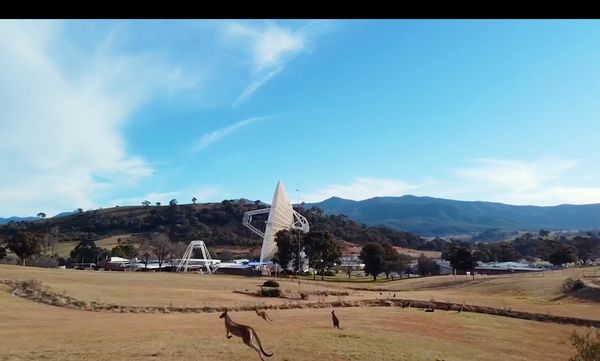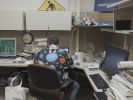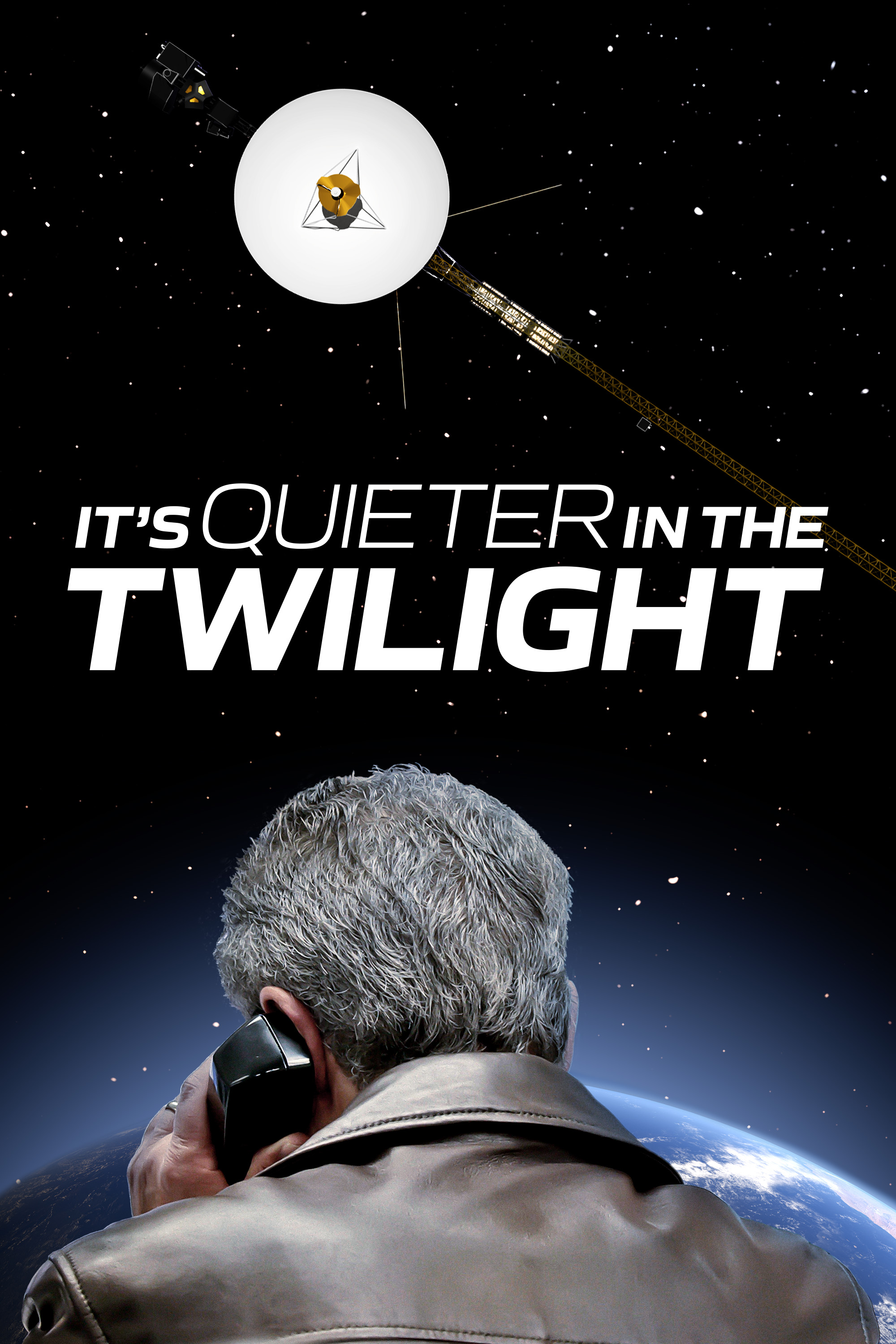Eye For Film >> Movies >> It's Quieter In The Twilight (2023) Film Review
It's Quieter In The Twilight
Reviewed by: Jennie Kermode

Launched in 1977, the Voyager programme saw two probes sent out to explore the solar system. They are now the most distant objects from Earth ever produced by humanity, having passed through the boundary of the heliosphere which surrounds the solar system and out into interstellar space. It’s quite possible that, in time to come, they will will be the last identifiable remnant of our civilisations. Though they are now coming to the end of their working lives, some data continue to be received by NASA’s Jet Propulsion Laboratory (JPL) and processed by the Voyager team – but what does it mean to be a part of that team, and to have worked on the same project for 45 years?
Billy Miossi’s documentary is elevated by a wonderful eye for detail. Visiting the team’s offices, we see piles of books and folders, post-it notes everywhere, a note taped to printer saying ‘Tom’s printer. Do not remove.’ In the corner of one room is a cardboard sign which reads ‘Will design rockets for food’. It’s an ordinary enough building, and yet every space within it is personal, the shared areas marked out by tacit understandings. The age of this community and the cultural shorthands which it has developed make this feel as much an ethnography as a portrait of a mission. It gives us a glimpse into what life may be like aboard a starship, if we ever send one out, by showing us what can grow up between committed spacefarers who remain Earthbound.

As the film unfolds, it tells the personal stories of team members, exploring their passion for exploration and the sciences, whilst also digging into the Voyager story itself. There is an effort to go beyond telling us what it did and how, to why this matters and where it may take our understanding of our environment in the future. Simple things like the necessity of having two probes to enable triangulation, which viewers might not have thought about before, are explained in ways which are accessible yet never patronising, with the aid of attractively presented diagrams.
The film does not linger on the discoveries which made news headlines but gives us just enough about planets and moons to feed the imagination and explain the excitement of those of us who were eagerly following the probes’ journey at that stage in their careers. Although their later discoveries may not be as obviously thrilling to those without scientific training, their importance is conveyed very effectively not just through words but through the faces of those who worked on them.
The juxtaposition of the probes’ journey with world events helps to put the mission in context and express the vast distances involved. Of all of these, the most dramatic was the Covid pandemic, whose early stages almost saw the mission abandoned. Though team members duly figured out a way to work from home, the psychological effect of suddenly being apart from people whom they had seen almost daily for decades was clearly considerable, whilst the experience of isolation prompted them to thing differently about those tiny craft out there all alone in the void.
If you’re coming to this subject as an outsider, you might not expect there to be very much involved in the mission at this stage beyond analysing data. On the contrary, although their tools are very limited, the team constantly have to make decisions in order to guide the probes through difficult situations, manage their trajectories and make best available use of their slowly dwindling power sources – they are losing approximately four watts of power per year, which means that pieces of instrumentation gradually have to be sacrificed in order to maintain any functionality at all. When contact with Voyager 2 is temporarily lost, we see real distress. When Canberra observatory has to close for a while so that vital repairs can be carried out, there is fear that contact will forever be lost.
Everybody here is getting old. What kind of empty nest syndrome might they experience without these probes? A couple of new members have joined the team, but it’s hard to pass on or catalogue the intimate knowledge in an engineer’s head, that unspoken familiarity with all of the probes’ little idiosyncrasies, and the engineers are not immortal. Whole lives have been devoted to this mission. They provide another scale through which we can understand the vastness of space, and our smallness. The Voyager project’s glamour days may have faded with its bypass of Neptune, yet it remains one of humankind’s most staggering accomplishments. Miossi tries, with humility and quiet wit, to give it its due, and the result is fascinating.
Reviewed on: 15 May 2023















